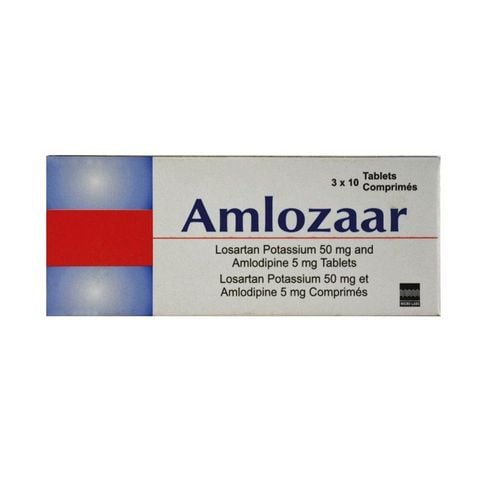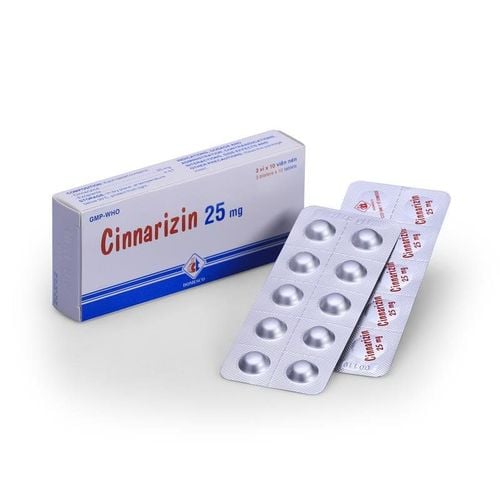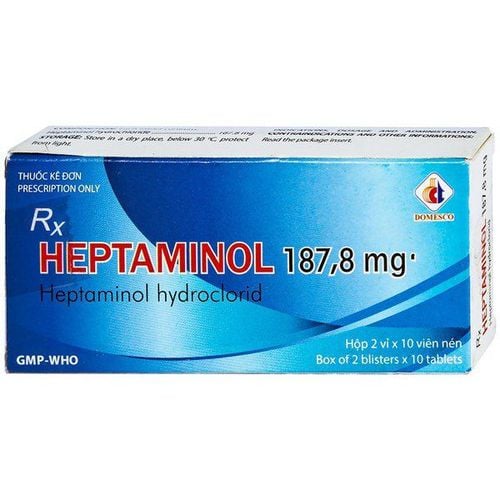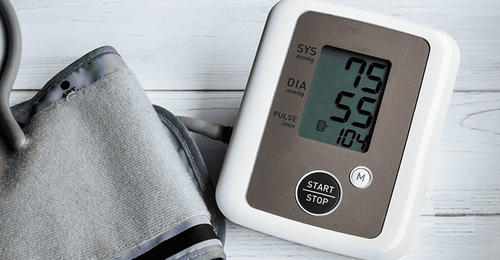This is an automatically translated article.
A blood pressure reading less than 90 mm of mercury (mmHg) for the top number (systolic), or 60 mmHg for the bottom number (diastolic) is generally considered low blood pressure. The cause of low blood pressure can be dehydration or serious medical disorders. It is important to find out the cause in order to find the right way to increase blood pressure and treat it accordingly.1. What is a blood pressure reading?
Blood pressure is the pressure of blood against the walls of blood vessels. Blood is pumped by the heart throughout the body. Blood pressure is measured by two different numbers. The first or top number is called the systolic blood pressure. This is the pressure when the heart is beating. The second or bottom number is called the diastolic blood pressure. It is the pressure when the heart rests between beats. Diastolic pressure is usually lower than systolic pressure. Both are measured in millimeters of mercury (mmHg).Blood pressure in a typical healthy person is about 120/80 mmHg. Blood pressure can fluctuate slightly even in healthy people. According to the Mayo Clinic, hypotension is when your blood pressure is lower than 90/60 mmHg.
2. Clinical symptoms of hypotension
Low blood pressure, also known as hypotension, is when your blood pressure is lower than normal. The opposite is high blood pressure or hypertension.Your blood pressure changes naturally during the day. Your body is constantly adjusting to balance blood pressure. This helps make sure every part of your body - including your brain, heart and lungs - gets plenty of blood and oxygen.
Low blood pressure may be normal. It may not cause any symptoms or be a cause for concern.
Blood pressure can even change according to your posture. For example, if you suddenly stand up, it can drop immediately. Your blood pressure also drops when you are resting or sleeping.
Certain health conditions can cause low blood pressure. This can lead to too little blood and oxygen reaching certain parts of the body. Treating this condition helps raise blood pressure.
Clinical symptoms of low blood pressure may include:
Blurred vision Confusion Dizziness Fainting Fatigue Feeling cold Feeling thirsty Decreased ability to concentrate Nausea Rapid, shallow breathing Sweating

Chóng mặt là dấu hiệu thường thấy của người bị huyết áp thấp
Confusion, especially in the elderly Cold, rough, pale skin Rapid, shallow breathing Weak and rapid pulse If signs or symptoms of shock are present, seek medical attention. Get emergency medical help for instructions on how to raise blood pressure. If you have persistently low blood pressure readings but are still feeling fine, your doctor will likely recommend routine monitoring and checkups only.
Occasional dizziness or lightheadedness is not a cause for concern, as prolonged exposure to the sun or soaking in a hot tub causes mild dehydration. However, it's important to see your doctor if you have signs or symptoms of low blood pressure as they can be suggestive of more serious problems.
3. Causes of low blood pressure
There are a number of causes of low blood pressure, some of which are temporary and easily manageable. However, low blood pressure can also be a sign of a health problem or emergency, and needs to be treated.Several medical conditions can cause low blood pressure, including:
Addison's disease (low adrenal hormone) Anaphylaxis (a severe allergic reaction) Anemia, blood loss, slow heartbeat Dehydration Disease diabetes or low blood sugar Heart attack or heart failure Heart valve disease Hypothyroidism (low thyroid hormone) Liver failure Parathyroid disease Pregnancy Septic shock (result of a serious infection) Low blood pressure standing position Head trauma Diagnosing and treating these conditions can help balance blood pressure. Your doctor may recommend simple tests such as:
Blood tests to check hormone levels, blood sugar and infections Electrocardiogram (ECG) or Holter monitor to check heart rate and function function Echocardiogram to check heart health A stress test to check heart health Tilt table test to check for low blood pressure caused by a change in body position Valsalva exercise A breath test to check for nervous system causes of low blood pressure
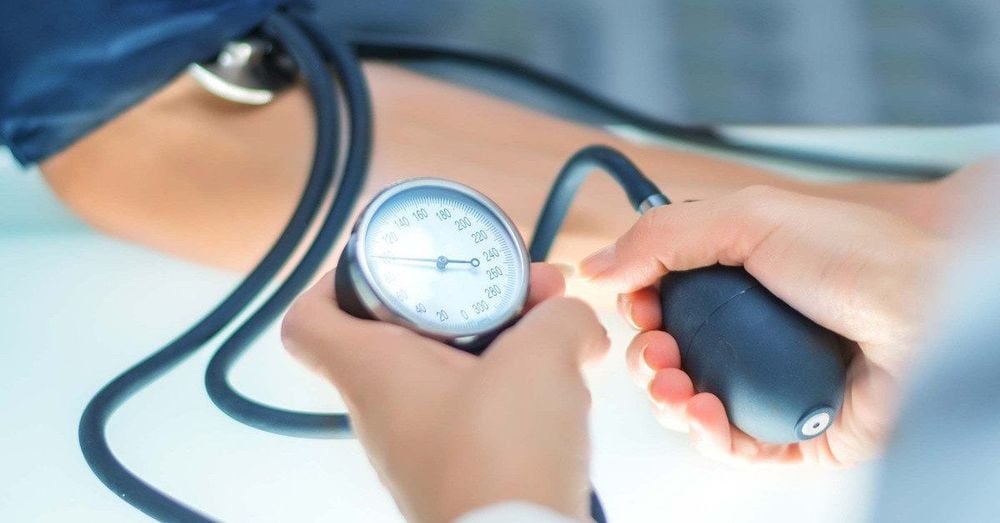
Huyết áp thấp cũng có thể là dấu hiệu của một vấn đề sức khỏe hoặc tình trạng khẩn cấp, và cần được điều trị
4. Ways to raise blood pressure
Drink lots of waterDehydration can sometimes lead to a drop in blood pressure . Some people may experience low blood pressure even with mild dehydration, however, it is usually due to dehydration too quickly. This can be caused by vomiting, severe diarrhea, fever, strenuous exercise, and heavy sweating. Medications such as diuretics can also cause dehydration.
Build a balanced diet Low blood pressure and other adverse effects can occur if the body does not get enough nutrients. Low levels of vitamin B12, folic acid, and iron can cause anemia. Low blood pressure can occur when the body does not produce enough blood, also known as anemia. Your doctor may recommend changes to your daily diet and taking supplements.
Eat small meals You can develop low blood pressure after eating a large meal, and this is more common in older people. The reason is due to the concentrated blood flowing to the digestive tract after eating. Normally, your heart rate increases to help balance blood pressure. You can prevent low blood pressure by eating small meals. In addition, restricting carbs can help keep blood pressure more stable after eating.
Limit or avoid alcohol Drinking alcohol can lead to dehydration. It can also interact with medications and cause a drop in blood pressure.
Eating more salt than sodium helps to raise blood pressure. However, it can raise blood pressure too much and lead to cardiovascular disease. Ask your doctor how much salt is right for you. Add table salt to whole, unprocessed foods. This helps control how much salt you're eating. Avoid processed and refined salty foods.
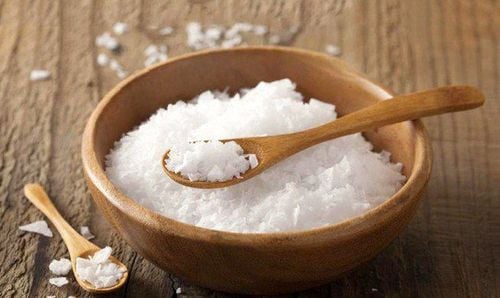
Natri giúp tăng huyết áp
Thyroid function test Thyroid conditions are very common. Hypothyroidism occurs when the body does not produce enough thyroid hormone. Hypothyroidism can lead to low blood pressure. A simple blood test can help your doctor detect this condition. You may need medication and dietary changes to help boost thyroid function.
Wear medical socks Stretchy medical stockings can help prevent venous blood from pooling in the legs. This helps prevent hypotension from standing, lying down, or sitting too much. People who stay in bed for long periods of time may need a compression brace to help pump blood from their legs. Orthostatic hypotension is more common in older adults, with 11% of middle-aged adults and 30% of older adults.
Medication Your doctor may prescribe medication to help treat low blood pressure. These medications help treat orthostatic hypotension: fludrocortisone helps increase blood volume, and midodrine (Orvaten) helps constrict blood vessels to raise blood pressure. If someone's BP is dangerously low due to sepsis, other medications may be used to raise blood pressure such as alpha-adrenoceptor agonists, dopamine, epinephrine, norepinephrine, phenylephrine, vasopressin analogs Treat infections Some serious bacterial, viral, and fungal infections can cause low blood pressure. Your doctor can find out if you have an infection with a blood test. Treatment includes intravenous antibiotics and antivirals.
Periodic health check-ups help to detect diseases early so that there is a treatment plan for optimal results. Currently, Vinmec International General Hospital has general health checkup packages suitable for each age, gender and individual needs of customers with a reasonable price policy, including:
Health checkup package general Standard 2020 General health check-up package VIP 2020 General health check-up package Special 2020 General health check-up package Children 2020 General health examination package Work permit - Issuance of work permits Examination results of people sick will be returned home. After receiving the results of the general health examination, if you detect diseases that require intensive examination and treatment, you can use services from other specialties right at the Hospital with quality treatment and services. outstanding customer service.
Please dial HOTLINE for more information or register for an appointment HERE. Download MyVinmec app to make appointments faster and to manage your bookings easily.
Source: healthline.com; mayoclinic



